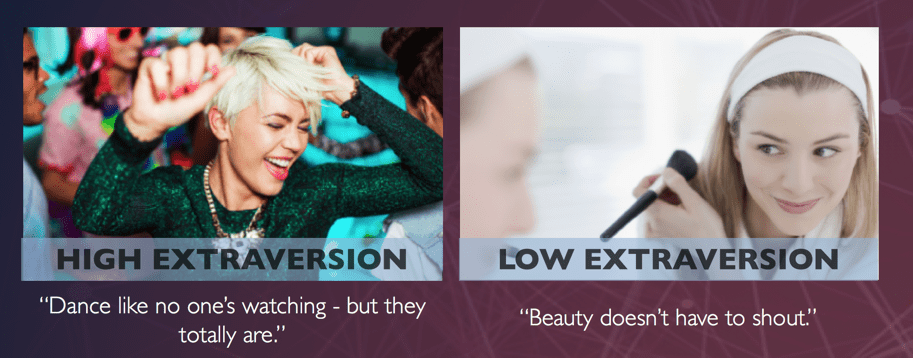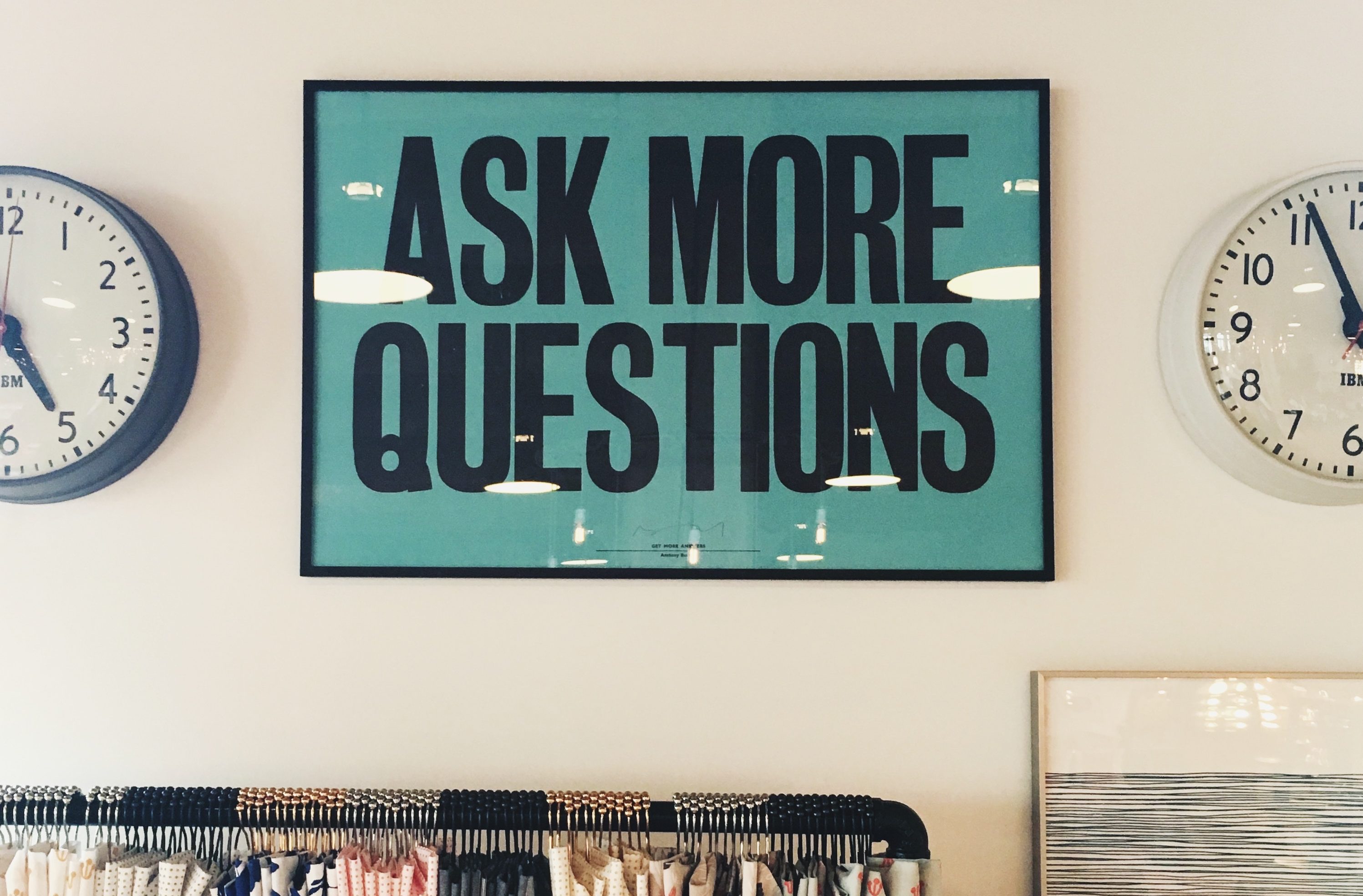How to avoid producing bad content (hint: it’s data)

You target your audience, but do you target your content?
Too often, agencies use research and data to justify their work. The good ideas come before the data. We call that guesstimating: half guessing, half estimating. Sometimes it’s backed up by a previous campaign, instinct or life experience.
It’s clearly a flawed approach.
Optimizing content according to personality
Persuasion depends on how we judge a source. We perceive sources that are similar to us as being more credible and trustworthy. That’s why we tend to associate and make friends with our peers. And because our brains are programmed to favour emotional decision-making, adapting messages to our personality traits increases their impact.
As we know, millennials and baby boomers are not all the same. Some are extraverted and some are introverted; some are open-minded and some are not. Psychological and behavioural segmentation can make a lot more sense than demographic segmentation alone.
A short history of psychometrics on Facebook
Psychologist and data scientist Dr. Michal Kosinski proved that from a minimum of 68 likes on Facebook, it’s possible to predict the colour of a person’s skin (95%), their sexual orientation (88%) and their political affiliation (85%). With a sample group of more than 80,000 volunteers who responded to more than 100 questions, he showed a direct correlation between the Facebook pages we like and our psychometric profiles. His algorithm is more accurate than our colleagues and friends.

His research inspired the American and British data firms behind the online campaigns for Brexit and Trump. In a test campaign carried out by the University of Cambridge Psychometrics Centre, content that was optimized for target personalities was twice as effective as non-optimized content.
Psychometric and behavioural data is like a secret weapon
Good ideas without data to support them look like this:

The goal of content strategy is to find touchpoints between brands and audiences that resonate. Our role as content strategists and creators is to find the behavioural vectors and persuasive emotional levers that trigger a move to action.
Your unfair advantage
Using relevant data will enable SMEs to compete with the big industry players and hack their growth. For your next content strategy, you don’t need a drone, a viral video or a comedian—you need a game plan that is backed up by data. This approach will give you an unfair advantage against your competitors’ big advertising campaigns, or as we like to call them, “spray and pray.”
Where to start?
At Toast we create, hack growth and integrate technology. We link up data and creativity with your needs and your audience. To find out more, send us an email: [email protected]
Sources
HOMOPHILY Chu, S. C., & Kim, Y. (2011). Determinants of consumer engagement in electronic word-of-mouth (eWOM) in social networking sites. International journal of Advertising
PERSONALITY J. Hirsh, S. Kang and G. Bodenhausen (2012). Personalized Persuasion: Tailoring Persuasive Appeals to Recipients’ Personality Traits. Psychological Science
Marketers can learn from Trump with the science of persuasion
An fMRI study of motivated reasoning: Partisan political reasoning in the U.S. Presidential Election




